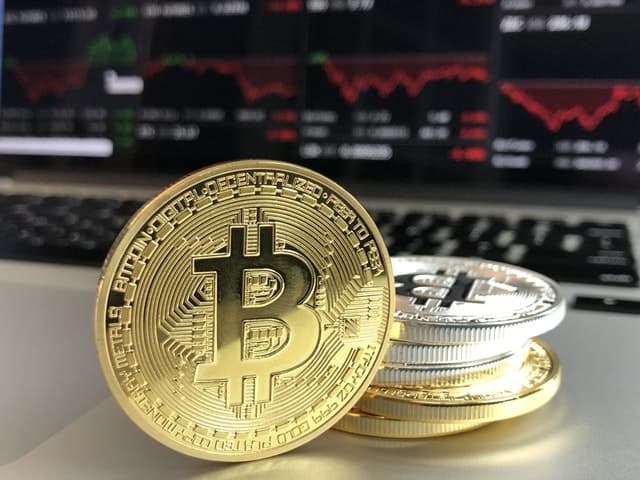Mobile phones, vehicles that are driven alone, electronic money, 3D printers and augmented reality are drastically changing when, how, and why we buy online. These technologies are having repercussions on the economic model of almost all e-traders, including you. Here is why.
The mobiles
It may be strange to label emerging mobile technology in terms of the number of smartphones and tablets in circulation. The truth is that more than a third of visitors to any shopping site have access through a mobile device.
However, we are at the beginning of the mobile Internet and the margins of progress are still gigantic. The two types of mutations that await us are the evolution of the format of the devices and their new features.
Currently, most mobile devices are rectangular block species of different sizes and thicknesses. Its graphical interfaces allow buyers to access almost anything on the network and load millions of applications that are useful for everything.
But smartphones and tablets are already dead and condemned to make way for other forms of mobile media, such as glasses and connected watches, for example. The Internet has already made its debut in automobiles.
These new formats mean that buyers will have more channels and, therefore, opportunities to buy. For example, take a look at Buyviu and you will see the advantages of buying with your mobile phone.
This is likely to generate new behaviors that will inevitably affect the way online retailers market their products.
Think about what will happen when it is possible to combine these new mobile devices, such as Google glasses, for example, with another emerging technology.
In theory, this means that a person who walks down a busy street and meets another person with a modern look, will only have to touch their Google glasses to instantly order this outfit from their favorite e-Trader.
If that is not a change for electronic commerce, then what is it?
Vehicles without driver
Both eBay and Amazon are testing same-day delivery in pilot cities. It is likely that this tendency to deliver the day itself has a significant impact for e-merchants.
One of the main challenges is obviously its cost. Of course, it is very expensive to deliver a package individually to a buyer’s house by a driver in a delivery vehicle (drone) each time he places an order on a site.
But there are still hundreds of additional ways to reduce the costs of an individual delivery, for example, by optimizing delivery routes or by implementing relay packages.

Electronic money
Bitcoin is the first “cryptocurrency” or electronic money, and it is also the most famous. The vast majority of e-merchants still stop these payment systems due to their volatility, and because many are waiting to confirm that they are not a passing fad.
However, the few sites that already accept cryptocurrency have found that they are a viable and preferable alternative to credit cards.
Accepting cryptocurrency in an e-commerce site is quite easy and traders who are worried about their real values can exchange them instantly with other currencies, such as euros.
The advantage of Bitcoins and other e-currency is the almost nonexistence of fraudulent purchases, or debit rejections that could open interesting perspectives for all e-commerce sites that wish to develop internationally, especially in countries known unfavorably for their high rate of fraudulent transactions with credit cards.
Augmented reality
Augmented reality is a technique for inserting a virtual element in real-time, such as sound, image, video, or GPS data to the world around us.
AR can profoundly impact some of our daily activities. A trip to work or to the game could be an opportunity to discover the products we want to buy. If augmented reality becomes reality, it will undoubtedly have an impact on online commerce.
3D printers
Amazon launched its new 3D printing store that presents items made with three-dimensional printers such as rings, necklaces, and toys.
Amazon’s approach to the 3D printing process seems to be focused on this new capability of technology to reduce the time it takes a designer to launch their product to the market. The supply chain remains unchanged.
There is always a designer, see a distributor, a retailer, and buyers. The small revolution lies in the fact that the designer can provide new products in just a few hours.
That’s right, the future is a source of uncertainty, and for many the unknown is terrifying. For others, it is the most exciting experience they have to live.

